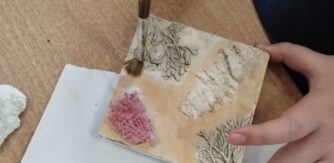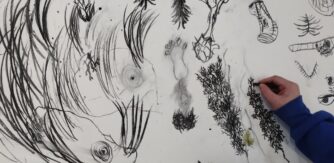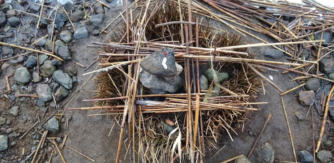Blog 4 – Dr Jo Lewis, Artist & Arts Council YPCE bursary recipient
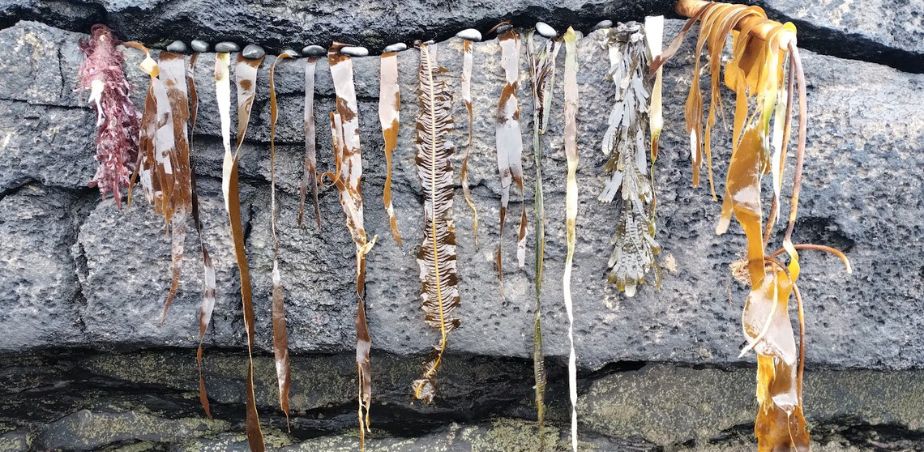
Mermaid's path project Rathlee National School, Co Sligo

Jo Lewis gained a BA in Fine Art in Coventry and an MA in Fine Art sculpture at Birmingham School of Art. She had a studio in London SPACE studios for a number of years where she worked and exhibited, alongside running a 100-seater vegetarian restaurant Heather’s with her partner.
In 2002 Jo moved from London to Co. Leitrim with her partner and young family to renovate an old stone cottage and to live the ‘good life’.
During this time, she gained PhD at SOAS (School of Oriental and African Studies) for her research into Women Artists in Botswana. The thesis is now held in the British Library.
Jo has worked on the BLAST initiative (Bringing Live Art to Schools and Teachers) and has taught in schools all over Sligo. Recently, for these mini-residencies in schools, Jo has chosen to focus on bringing the pupils outside to make art and gain inspiration. Using a local landscape as a background to delve into the ecology of the place through art.
In 2023 Jo was awarded a bursary from the Arts Council Ireland to conduct some research into the interface between art and ecology in school education as a way of engaging children in their environment.
How to engage children in the climate crisis through understanding ecology through an art practice.
Looking at the climate crisis is a challenge that all educators are having to learn very quickly to navigate. In the fourth and last blog in the series from artist Jo Lewis, Jo looks at how art and ecology can help to tackle this issue, minimising fear by harnessing positivity through a connection with nature.
Climate crisis is not something to be denied or even questioned anymore. As the terminology is bandied about and used on a daily basis educators are having to incorporate it into their teachings and find a balance between acknowledging the fear we have for the future and finding strategies to cope and cultivate hope.
Art offers a unique way to engage children with nature, allowing them to observe and connect with their environment on a deeper level. Whether it’s drawing, photography, or collecting specimens, art practices can help children “read” their surroundings and develop a sense of belonging to the land they inhabit. When students can identify plants or recognize patterns in the landscape, they form a more intimate understanding of the environment, which nurtures both curiosity and responsibility.
Art can give us an ‘in’ to ecology, through running art workshops in the landscape children can engage more readily with nature. It is not necessary for the art teacher to have an ecological background. This is where student and teacher can experience and learn together. The teacher will need to guide the class but does not need to have all the answers.
Here are a few ways to integrate art and ecology in the lesson:
- Drawing: Encourage students to sketch plants, trees, or other elements in the landscape. Whether detailed or quick sketches, this practice helps them notice the finer details of their environment.
- Photography: Use photography to capture the beauty of nature. This method encourages attention to detail and allows children to document plants and insects they might otherwise overlook.
- Collecting and Pressing: For non-protected plants, collecting and pressing specimens offers a tangible way to engage with nature. Pressed plants can also be used for art projects, enhancing their connection to the environment.
By engaging children through art and ecology, we not only help them understand the world around them but also empower them to take action. Art fosters creativity, observation, and a sense of responsibility, while ecology teaches children the importance of preserving and protecting the planet. Together, these practices can inspire hope and equip the next generation to face the climate crisis with resilience and a renewed connection to nature.
Some useful resources:
- An Taisce run summer courses to give teachers resources: greenschoolsireland.org/an-taisce-summer-courses-2024/
- Take positive Action: NASA Citizen Science program
- Jess Farraday Teach Your Kids About Climate Change Art
A special thanks to the Arts Council for their YPCE grant, which enabled me to research and document the intersection of art and ecology in the classroom. This work has been both inspiring and enlightening, and I hope it encourages educators to incorporate creative environmental practices into their teaching. If anyone would like more information on this research, please feel free to get in touch.
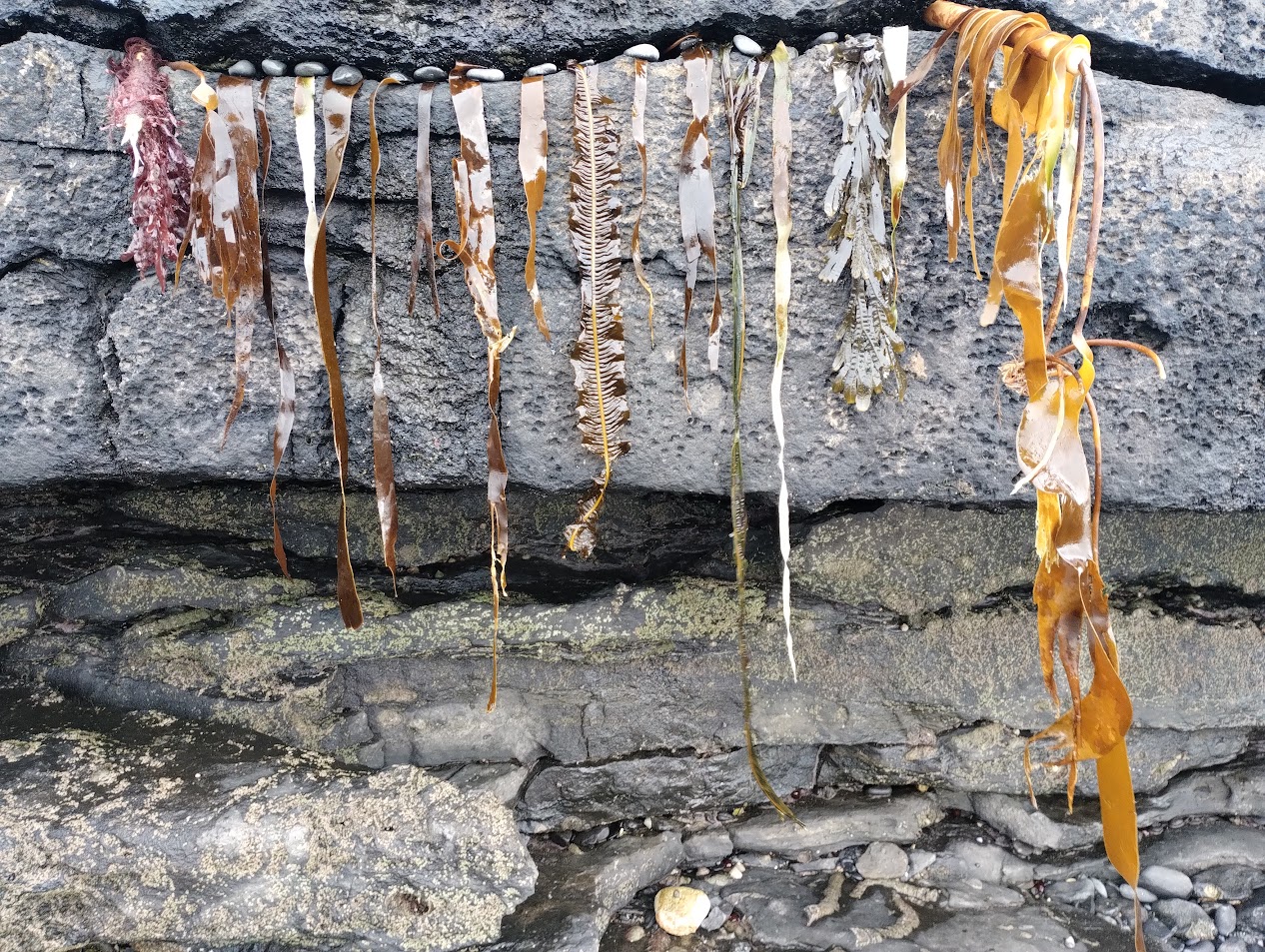
Image 1: Mermaid’s path project with Rathlee National School, Co Sligo

Image 2: Field trip to Clooneen bog, Geevagh National School with Jo Lewis artist.

Image 3: Art and ecology at Saturday studio at The Dock, Co Leitrim. Artwork on tiles of trees, leaves and seeds.

Images left to right: Beach art at Mullaghmore, Ballinatrillick NS, Sphagnum moss at Clooneen Bog, Geevagh NS and Mermaid’s path project, Rathlee NS
All photographs courtesy of Jo Lewis
